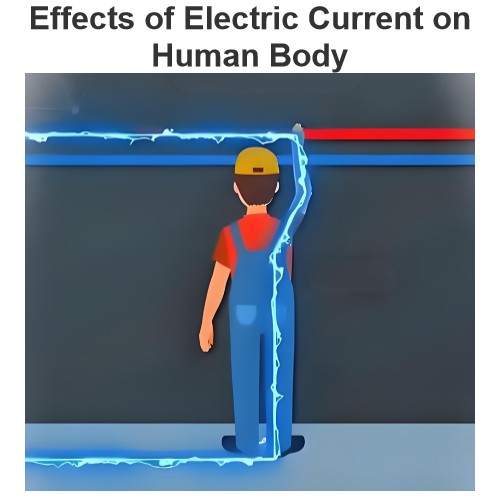What is Arcing Ground ?
What is Arcing Ground ?
Definition: Arcing ground refers to a surge that arises when the neutral is not earthed. This phenomenon occurs in ungrounded three - phase systems due to the flow of capacitive current. Capacitive current is the current that flows between conductors when a voltage is applied. The voltage across the capacitances is called the phase voltage. During a fault, the voltage across the capacitance in the faulted phase drops to zero, while in the other phases, the voltage increases by a factor of √3.
Arcing Ground Phenomena
In a three - phase line, each phase has capacitance to earth. When a fault occurs in any one of the phases, capacitive fault current flows to the ground. If the fault current exceeds 4 - 5 amperes, it becomes sufficient to sustain an arc in the ionized fault path, even after the fault has self - cleared.

When the capacitive current exceeds 4 - 5 amperes and flows through the fault, it generates an arc in the ionized fault path. Once the arc is formed, the voltage across it drops to zero, causing the arc to extinguish. Subsequently, the potential of the fault current is restored, leading to the formation of a second arc. This intermittent arcing phenomenon is known as arcing grounding.
The alternating extinction and reignition of the charging current flowing through the arc build up the potential of the other two healthy conductors as a result of high - frequency oscillations being set up. These high - frequency oscillations are superimposed on the network and can produce surge voltages as high as six times the normal value. Such overvoltages can damage the healthy conductors at other points in the system.
How to Eliminate Arcing Ground?
The surge voltage caused by arcing ground can be eliminated by using an arc suppression coil, also known as a Peterson coil. The arc suppression coil is an iron - cored tapped reactor connected between the neutral and the ground.

The reactor within the arc suppression coil extinguishes arcing ground by counterbalancing the capacitive current. Specifically, the Peterson coil functions to isolate the system. In this way, the healthy phases can continue to supply power. This allows the system to avoid a complete shutdown until the fault is accurately located and isolated.
The Electricity Encyclopedia is dedicated to accelerating the dissemination and application of electricity knowledge and adding impetus to the development and innovation of the electricity industry.













